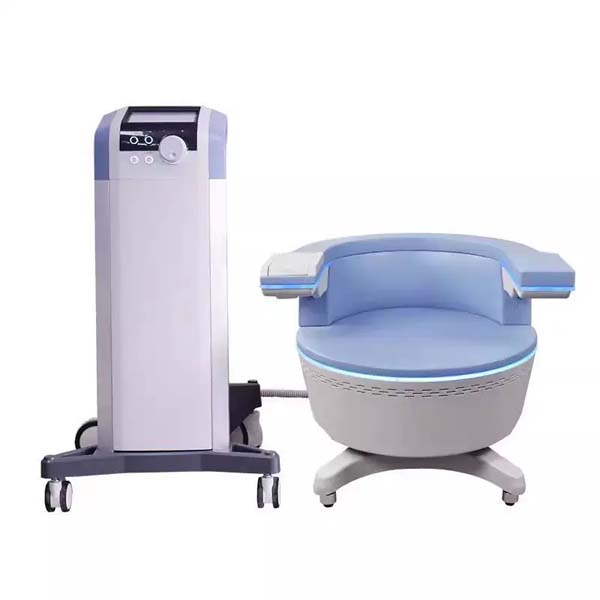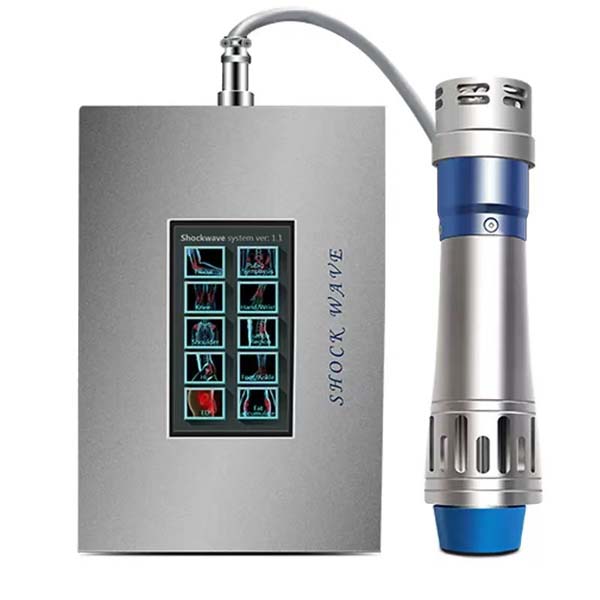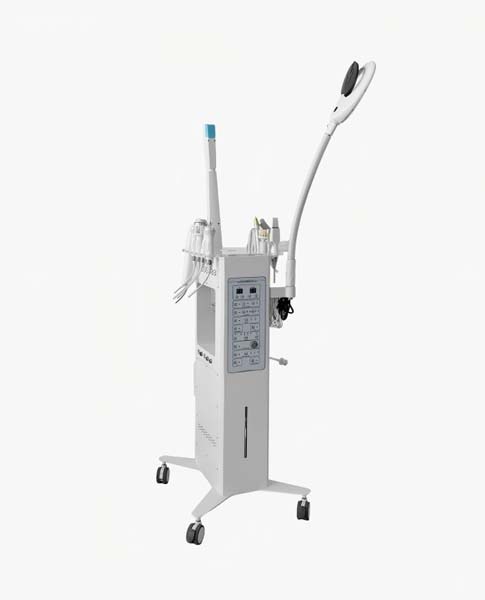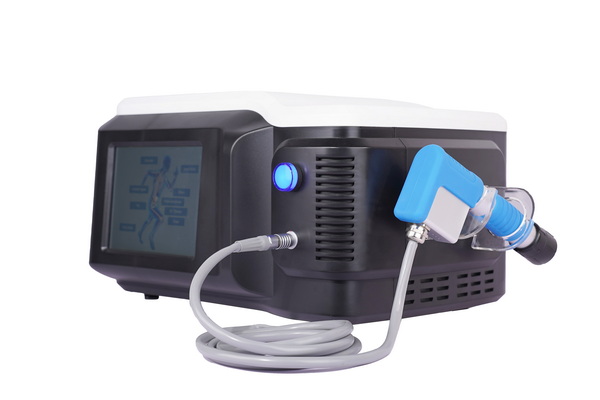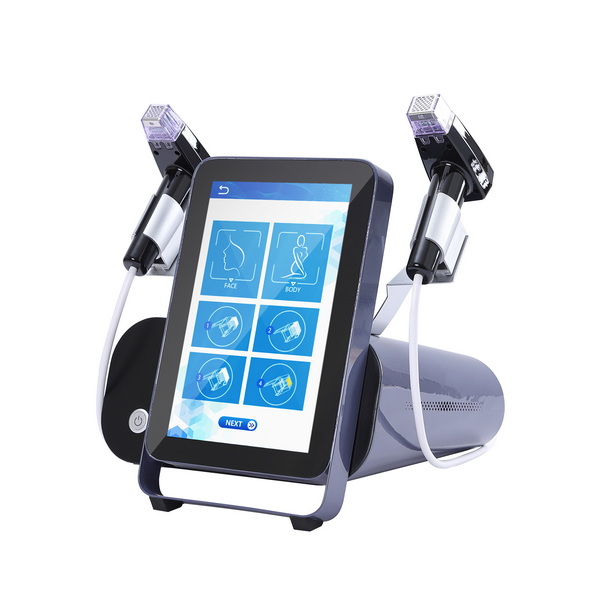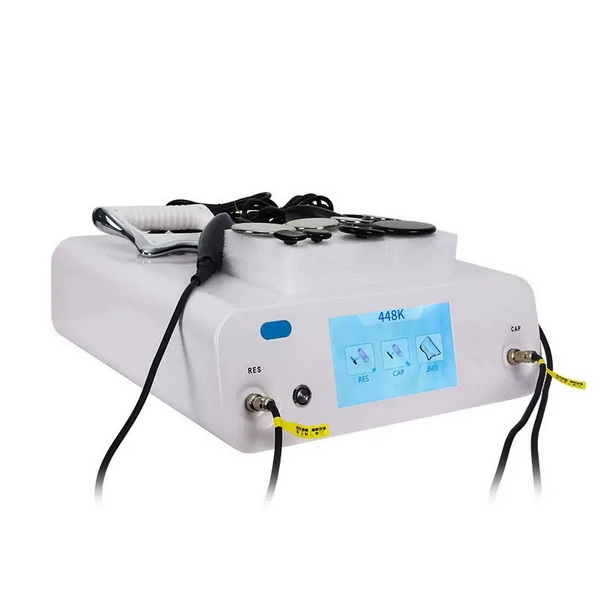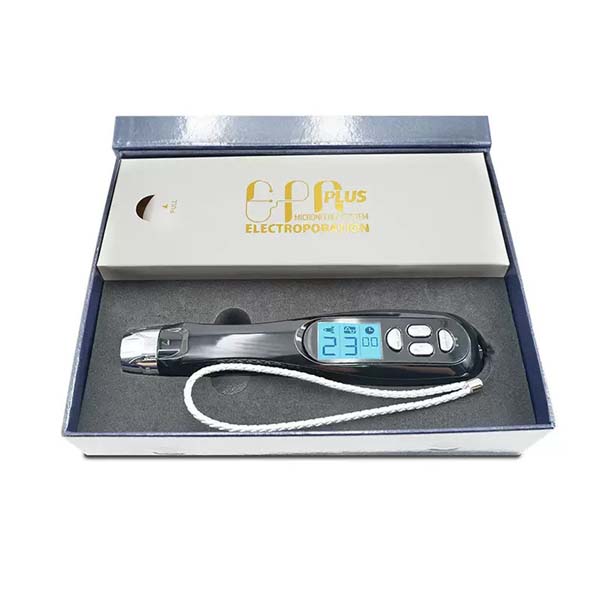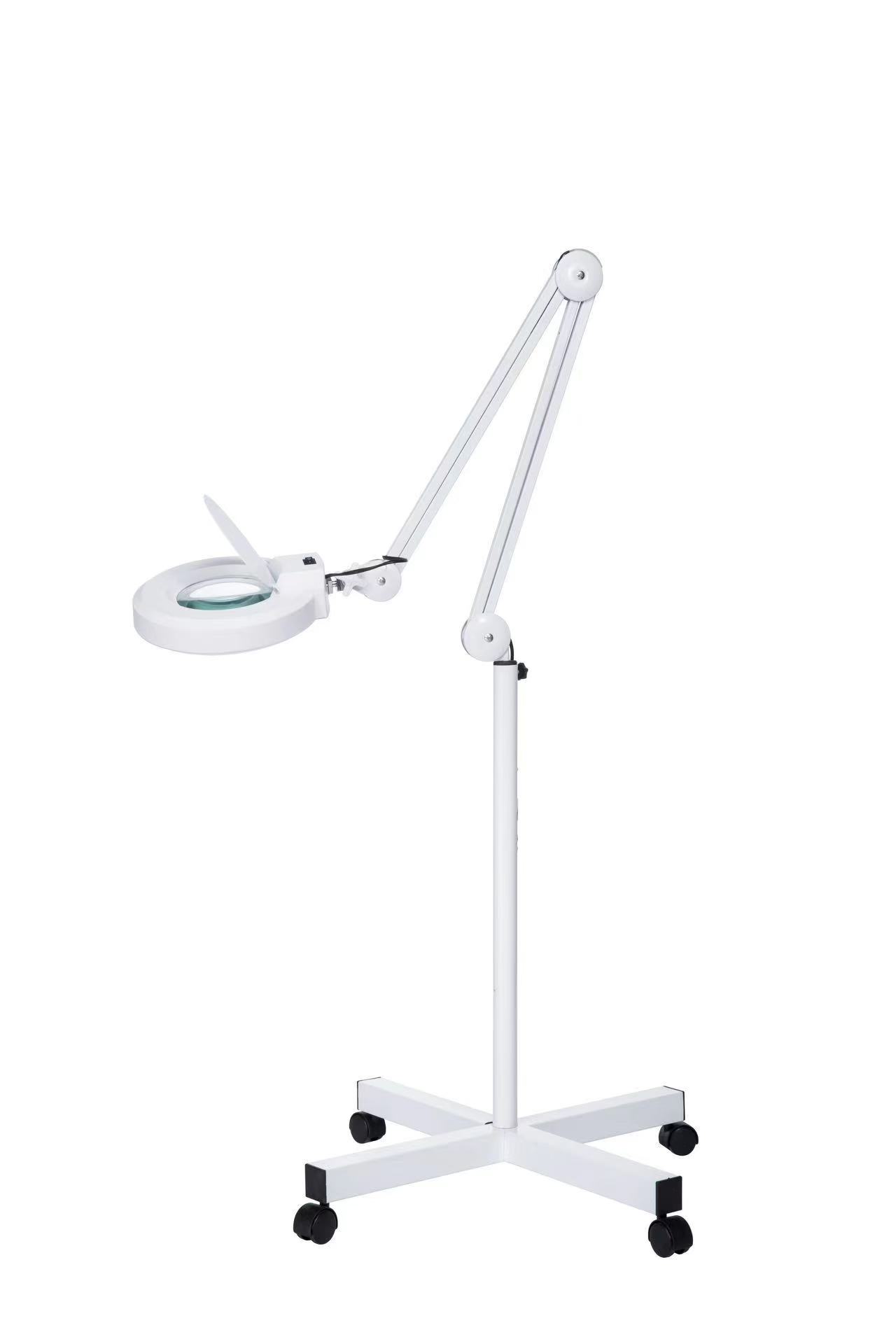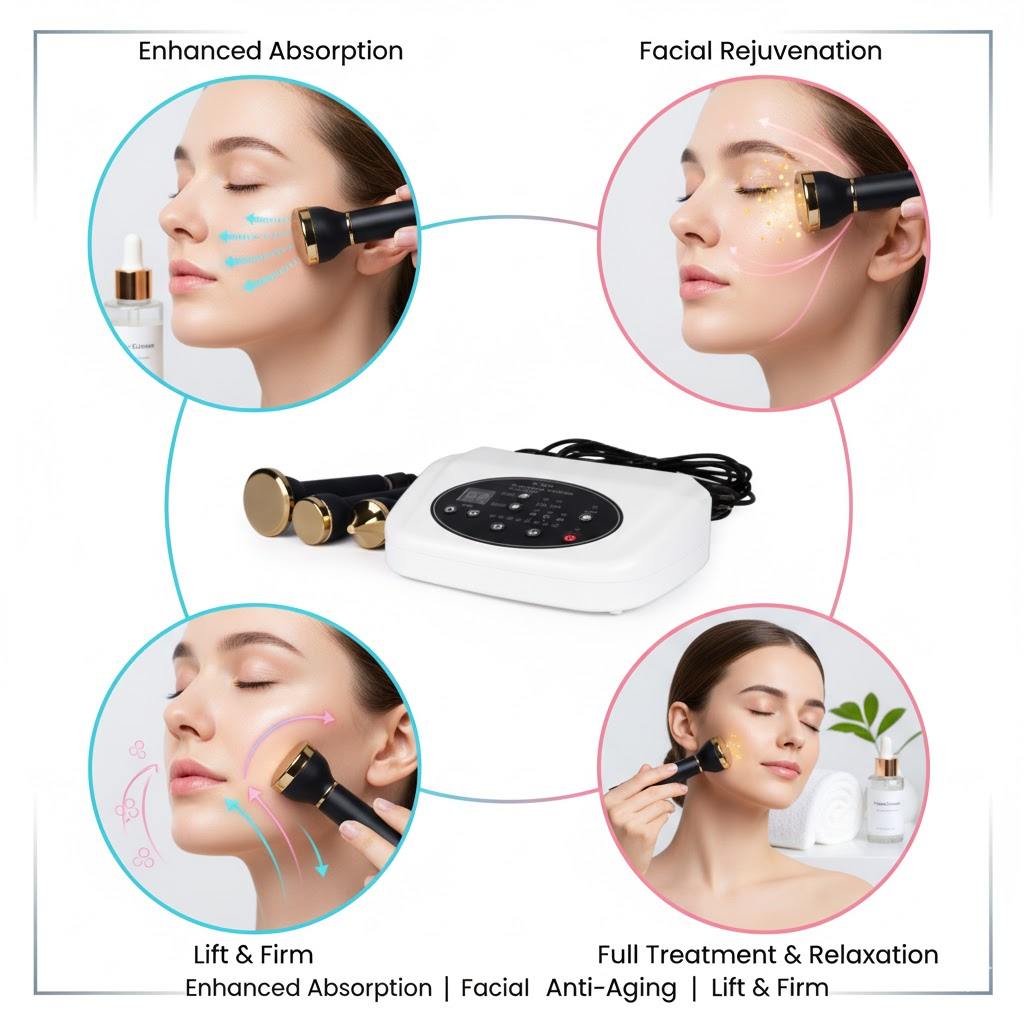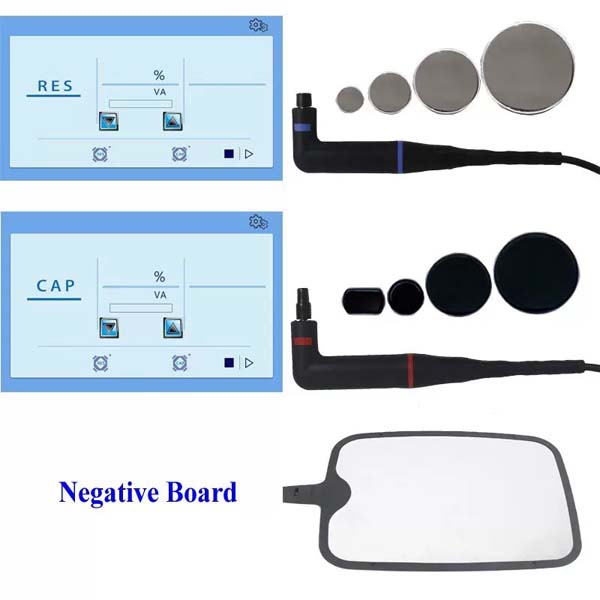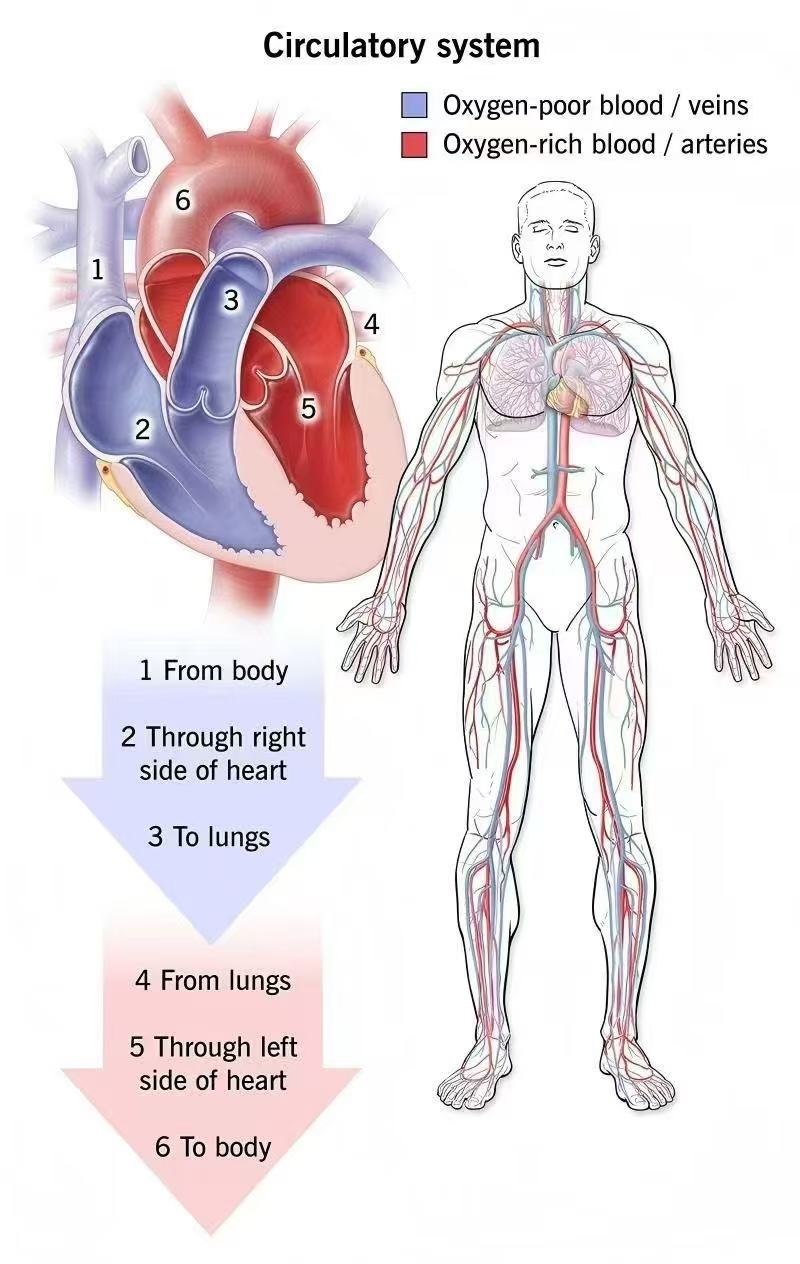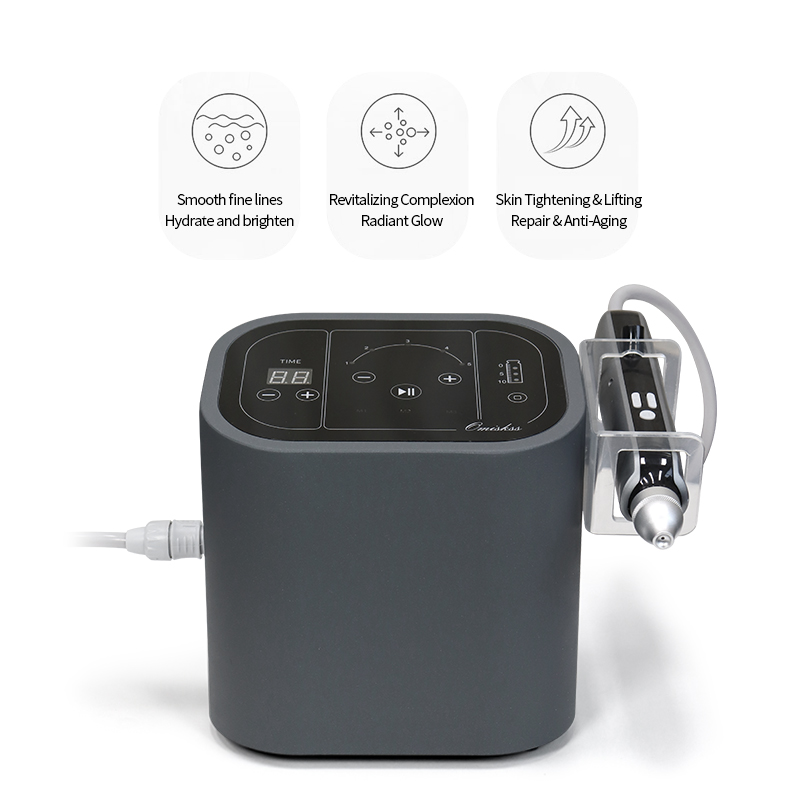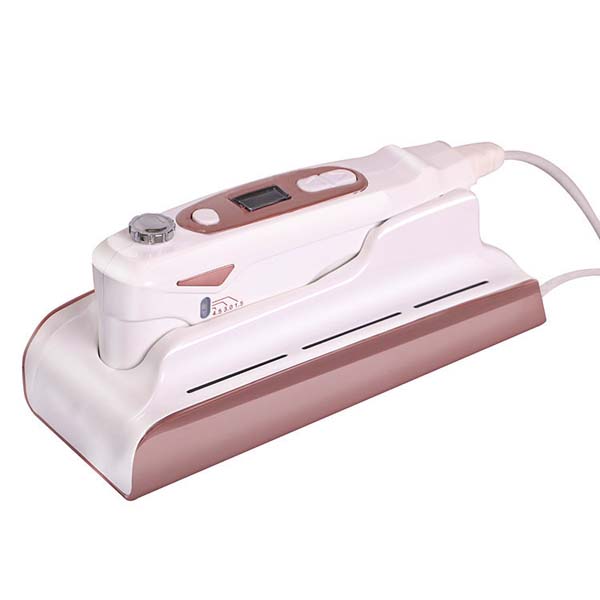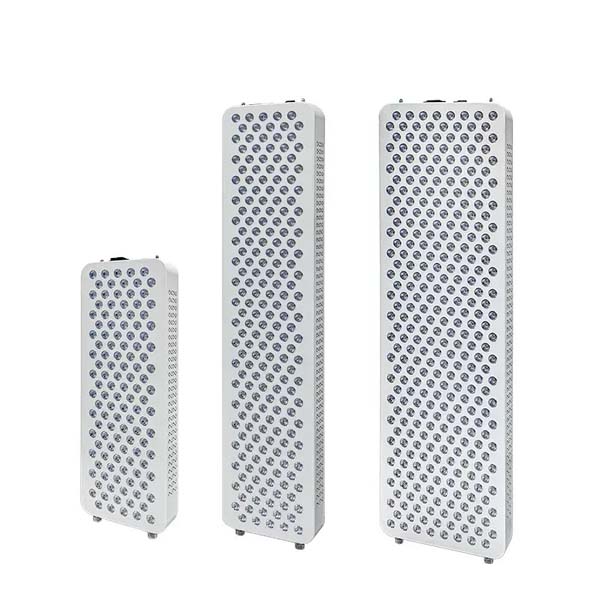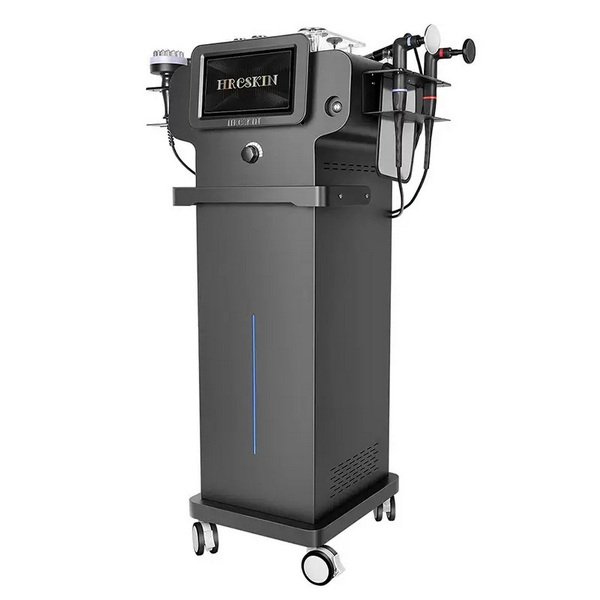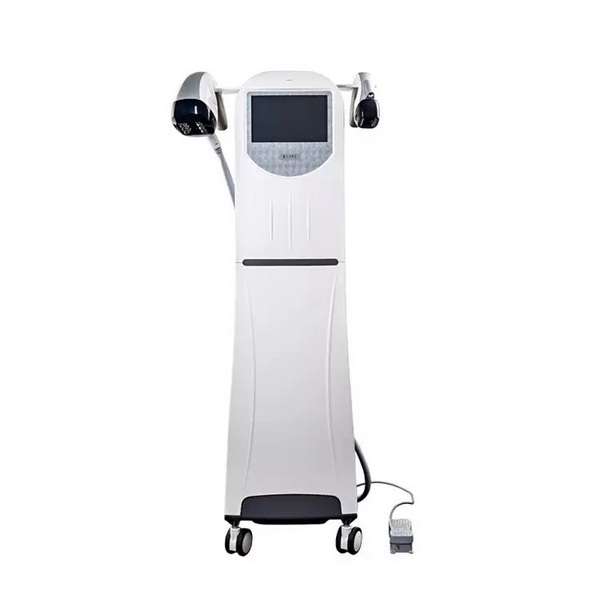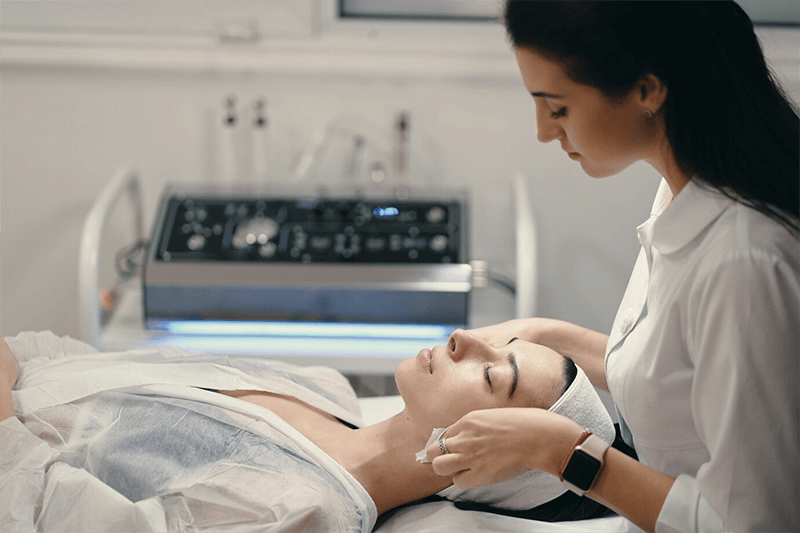AI Skin Analysis Systems: Revolutionizing Modern Dermatology and Aesthetics
The integration of Artificial Intelligence (AI) into diagnostic tools marks a pivotal moment in the skincare industry. At the forefront of this technological shift are AI skin analysis systems, sophisticated platforms that are fundamentally transforming how professionals assess, diagnose, and treat skin conditions. These systems represent a leap beyond traditional visual assessments, providing objective, data-driven insights into both the visible surface of the skin and the critical subsurface layers. The widespread adoption of AI skin analysis systems is not just about automation; it’s about establishing a new, higher standard for personalized skincare, driven by quantitative metrics and unparalleled diagnostic accuracy.
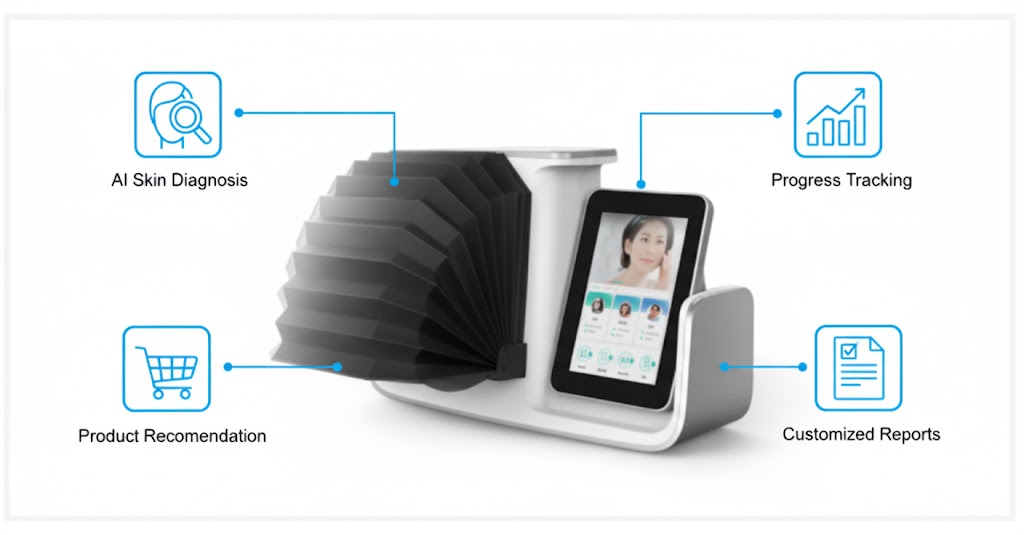
The Technological Foundation of AI Skin Analysis Systems
The power of modern AI skin analysis systems lies in their multi-layered technological approach, combining advanced optics, specialized lighting, and complex machine learning algorithms.
Multi-Spectral Imaging: Seeing Beyond the Surface
The core hardware component of most professional AI skin analysis systems is a multi-spectral imaging module. Unlike a standard camera that captures only visible light (RGB), these devices employ various light sources to reveal different aspects of skin health:
- RGB (Red, Green, Blue) Light: Captures surface features such as pores, wrinkles, texture, and acne scars, providing a high-definition visual reference.
- UV (Ultraviolet) Light: The UV spectrum is critical for detecting sub-epidermal conditions, primarily revealing hidden sun damage (UV spots) and the presence of Porphyrins—fluorescent metabolic byproducts of acne bacteria. This ability makes AI skin analysis systems indispensable for early detection of future issues.
- Polarized Light: This is used to suppress surface reflection (glare), offering clear visualization of deeper dermal structures, including vascular issues (red areas/capillaries) and deep-seated pigmentation (brown spots).
By synthesizing images captured under these different spectra, AI skin analysis systems create a comprehensive, multi-dimensional map of the client’s skin health that is impossible to achieve with the human eye or a standard magnifying lamp.
The Role of Deep Learning and Neural Networks in AI Skin Analysis Systems
The captured images are useless without intelligent interpretation, and this is where the AI component truly excels. AI skin analysis systems rely on Convolutional Neural Networks (CNNs) trained on massive, clinically validated datasets (often containing millions of images across diverse demographics).
This training allows the AI skin analysis systems to:
- Feature Segmentation: Accurately identify and isolate specific skin features (e.g., distinguishing a pore from a spot, or a fine line from a deep wrinkle).
- Quantitative Scoring: Measure the severity and prevalence of each feature, comparing the client’s results to a vast database of peers of the same age and skin type to produce a Percentile Score. This scoring system provides an objective, easy-to-understand metric for the client.
- Automated Diagnosis: Provide instantaneous, data-driven assessments of conditions like inflammation, hydration levels, skin elasticity, and Fitzpatrick skin type. The diagnostic speed of AI skin analysis systems significantly improves consultation efficiency.
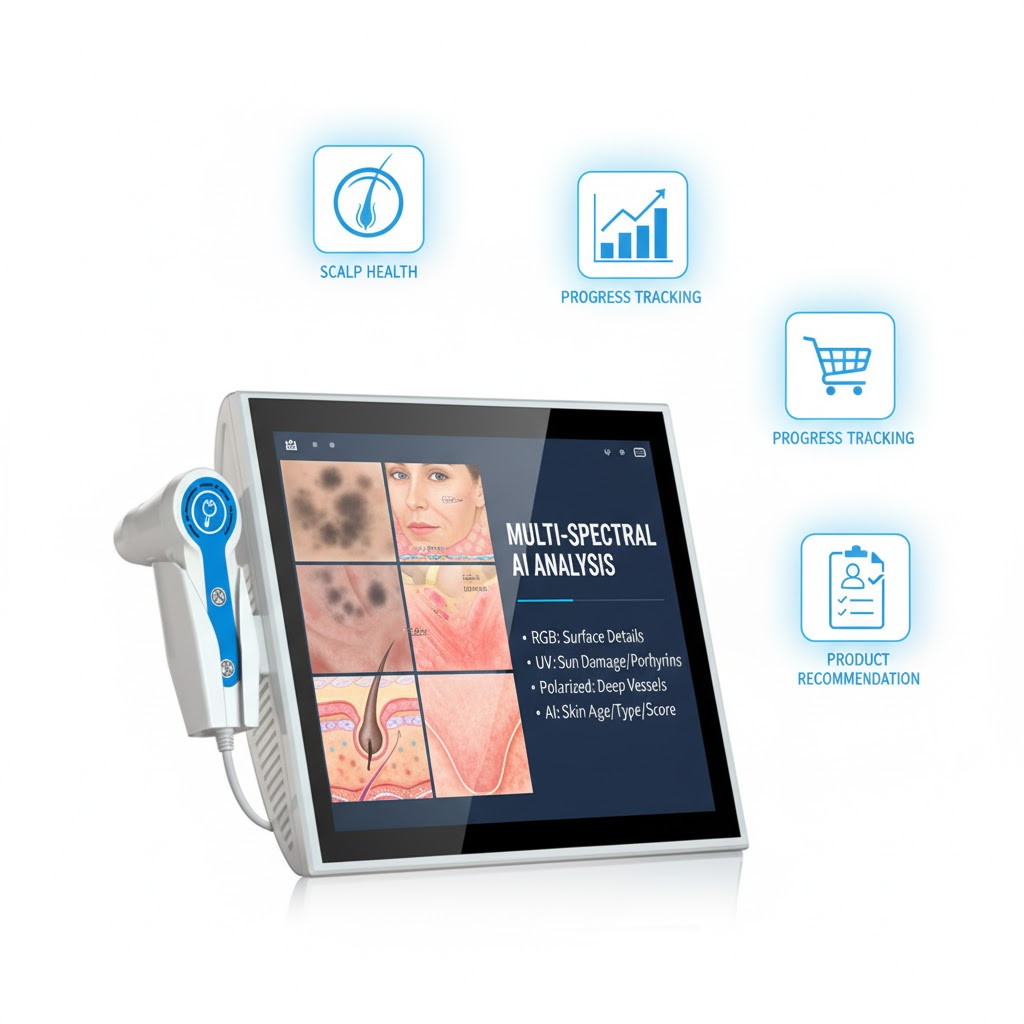
Applications of AI Skin Analysis Systems Across the Industry
The versatility and precision of AI skin analysis systems have made them essential tools across nearly every segment of the beauty, wellness, and medical skincare market.
In Aesthetic Clinics and Medspas
For aesthetic practitioners, AI skin analysis systems are the cornerstone of the consultation process. They provide the objective evidence necessary to recommend high-value treatments.
- Evidence-Based Treatment Planning: The systems remove subjective bias. When a client sees their high UV damage score, they are far more likely to commit to laser treatments or professional-grade antioxidant serums recommended by the clinician.
- Pre- and Post-Treatment Documentation: Consistent, standardized image capture is essential for medico-legal documentation and for proving treatment efficacy. AI skin analysis systems precisely track the reduction in spot count, wrinkle depth, or redness over a course of therapy.
- Client Engagement and Upselling: The visual reports generated by AI skin analysis systems are powerful communication tools. They transform an abstract recommendation (“You need to hydrate more”) into a visual reality (“Your hydration score is in the 30th percentile; this product is proven to raise that score”). This direct link boosts client trust and increases the conversion rate for retail products and treatment packages.
In Skincare Retail and E-commerce
The retail sector leverages AI skin analysis systems to bridge the gap between in-store experience and online personalization.
- Personalized Product Recommendations: The most common retail application involves linking the diagnostic data from the AI skin analysis systems directly to a brand’s product inventory. If the system detects high oiliness and closed comedones, it instantly filters the brand’s catalogue to recommend salicylic acid cleansers and oil-free moisturizers, resulting in a perfectly customized shopping experience.
- Virtual Try-On (VTO) Integration: Sophisticated AI skin analysis systems can integrate with Augmented Reality (AR) VTO features, allowing customers to visualize the texture, finish, and potential benefits of a recommended product directly on a simulation of their analyzed skin.
- Scalable E-commerce Solutions: Cloud-based AI skin analysis systems APIs enable any online shopper to use their smartphone camera for a quick scan, bringing the power of the clinical consultation directly to the home environment, which drives global sales and reduces product returns.
In Dermatology and Research
In medical settings, AI skin analysis systems contribute to diagnostics, patient monitoring, and academic research.
- Standardized Clinical Assessment: Dermatologists use the consistent metrics provided by AI skin analysis systems for highly accurate lesion tracking, monitoring the size and color change of moles and other growths over time, which is crucial for early detection of serious conditions.
- Drug and Treatment Efficacy Studies: The quantitative scoring provided by AI skin analysis systems offers an objective measure of therapeutic response, making it an invaluable tool for clinical trials testing new pharmaceuticals or cosmetic ingredients.
- Teledermatology: Portable and virtual AI skin analysis systems facilitate remote consultations, allowing specialists to analyze high-quality images and patient data from afar, expanding access to expert care.
The Business Impact and Return on Investment (ROI)
Investing in advanced AI skin analysis systems is not simply a cost; it is a strategic investment that generates substantial returns across the entire business model.
Driving Retail Sales and Average Transaction Value (ATV)
The visual nature of the diagnosis provided by AI skin analysis systems is the most effective sales tool available. When clients visually connect their skin problem (e.g., deep brown spots) to a clear solution (a recommended hydroquinone serum), the sales barrier drops significantly. Businesses frequently report a 20-40% increase in the attachment rate of retail products to services when using an AI skin analysis system. This rise in ATV rapidly covers the initial hardware investment.
Improving Client Retention and Loyalty
Client satisfaction is directly tied to visible results. AI skin analysis systems provide the evidence needed to reinforce a client’s commitment.
- Visual Proof of Progress: By showing a side-by-side comparison of the first scan and the latest scan, the system makes subtle improvements—which clients may otherwise overlook—undeniably clear. This motivates clients to rebook their next treatment and follow their home care regimen.
- Enhanced Trust: The scientific, third-party objectivity of the AI skin analysis systems elevates the practitioner’s status to that of an expert advisor, cementing client loyalty over time.
Operational Efficiency and Staff Empowerment
The speed of modern AI skin analysis systems significantly reduces consultation time while maintaining high quality. Automated reporting features free up staff time previously spent on manual data entry and subjective charting, allowing them to focus more on client care and revenue-generating activities. Furthermore, the standardized protocol ensures consistency across all staff members, guaranteeing that every client receives the same high level of professional diagnostic service, regardless of who performs the consultation.
Future Trends and Evolution of AI Skin Analysis Systems
The technology underlying AI skin analysis systems is continually evolving, promising even more integrated and predictive capabilities.
Integration with Genomics and Lifestyle Data
Future AI skin analysis systems are expected to move beyond image analysis to incorporate even richer data. This includes integrating results from at-home DNA skin-risk tests, analyzing pollution and UV exposure data based on geolocation, and factoring in lifestyle inputs (diet, sleep, stress). This holistic approach will allow AI skin analysis systems to provide preventative recommendations with unprecedented accuracy.
Advanced Predictive and Simulation Modeling
Current systems offer basic aging and treatment simulations, but the next generation of AI skin analysis systems will leverage Generative AI (Gen AI) to create ultra-realistic simulations. Clients will be able to see highly detailed, scientifically-backed visual predictions of their skin’s appearance five or ten years in the future, both with and without adhering to the recommended routine. This powerful predictive capacity will be the ultimate motivator for long-term skin health investment.
Standardization and Regulatory Compliance
As AI skin analysis systems become more integral to diagnostics, particularly in medical settings, global standardization of AI protocols and increasing regulatory scrutiny will be key. This push towards clinical validation and regulatory clarity will ensure that the results provided by all high-quality AI skin analysis systems are medically reliable and ethically sound.
Conclusion: The Indispensable Role of AI Skin Analysis Systems
The era of subjective “mirror and touch” skin assessment is rapidly fading. Today’s market demands precision, transparency, and personalization, and AI skin analysis systems are the only tools capable of meeting these high expectations. From driving retail success in e-commerce to enabling early detection in dermatology, the core technology—the AI skin analysis system—is establishing itself as the indispensable foundation for any business serious about skin health. As AI continues to evolve, these systems will only grow more powerful, securing their permanent and essential place in the future of aesthetics and medicine.

